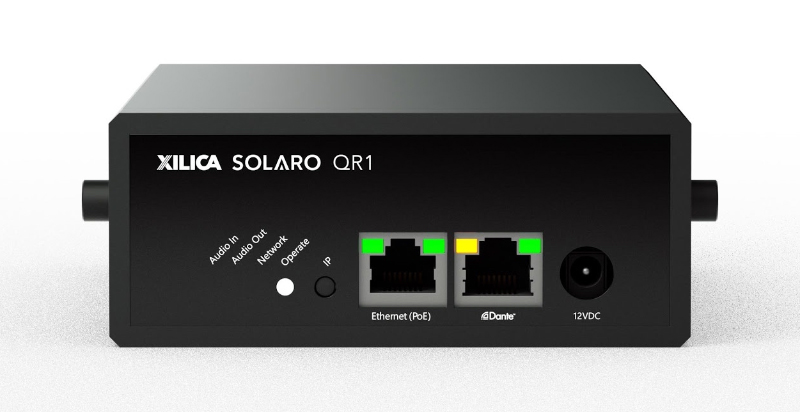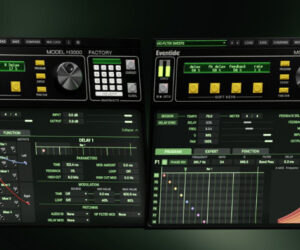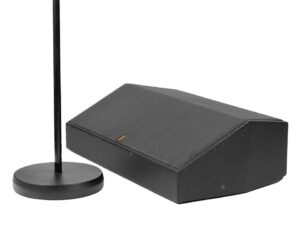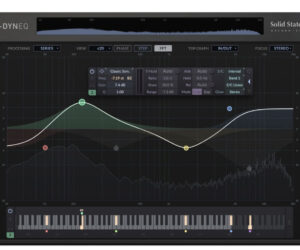Following the recent release of Designer 4.0 software, Xilica announced that it has now added Lua scripting language to its Solaro Series pf digital signal processors (DSPs).
Widely-used in the AV and IT industries among major control system manufacturers, Lua scripting is a universal language that enables products from third-party vendors to communicate and interoperate. It brings added value to Xilica’s open-architecture DSP portfolio by enabling integrators to omit traditional control systems from small-to-medium sized projects and instead utilize the existing DSP for system command.
“Xilica control systems will provide all of the functionality needed in conference rooms, hotels, restaurants, schools and many other AV environments,” says Shaun Robinson, VP, produce management at Xilica. “We can control all of these standard functions without the need for a highly sophisticated and expensive control system. While we interoperate with enterprise-level control systems, we can save our customers up to $30,000 in many cases.”
Xilica additionally launches updated modules for AMX, Crestron and Control4 automation platforms, which are available on AMX InConcert, Crestron AppMarket, and from Xilica directly.
Where a third-party vendor is a member of Xilica’s partner program, Lua control modules are available inside the Xilica Designer software interface, pre-built and ready to deploy. For those situations where a particular brand may not be available, the “Lua Device Driver Builder” function is designed to enable an integrator’s in-house programming team to create custom functionality specific to their product and application. Additionally, Xilica has field resources located across North America that can provide custom driver development as required.
“System design and integration professionals have historically relied on manufacturers to create drivers that can speak to third-party devices in the library, typically because they were restrained through proprietary protocols,” Robinson notes. “Lua scripting opens the programming universe within Xilica DSPs and control products for any user that can write a control universe.”
Finally, new USB I/O capabilities have also been added, designed to improve compatibility with the latest Unified Communications (UC) platforms, including Microsoft Teams and Zoom. Separately, network-based update and deployment of Solaro Series DSP products has been improved for faster install times.















